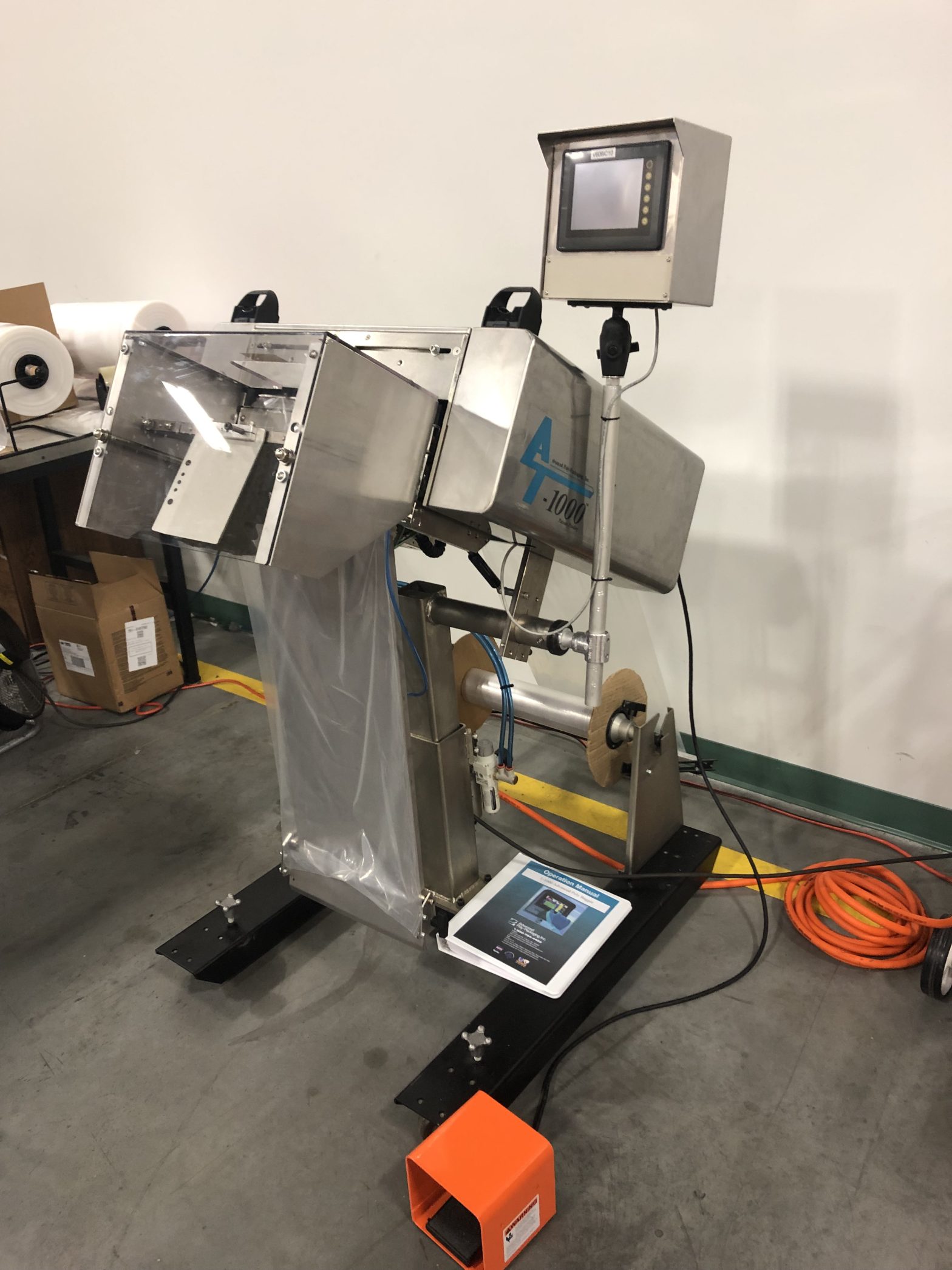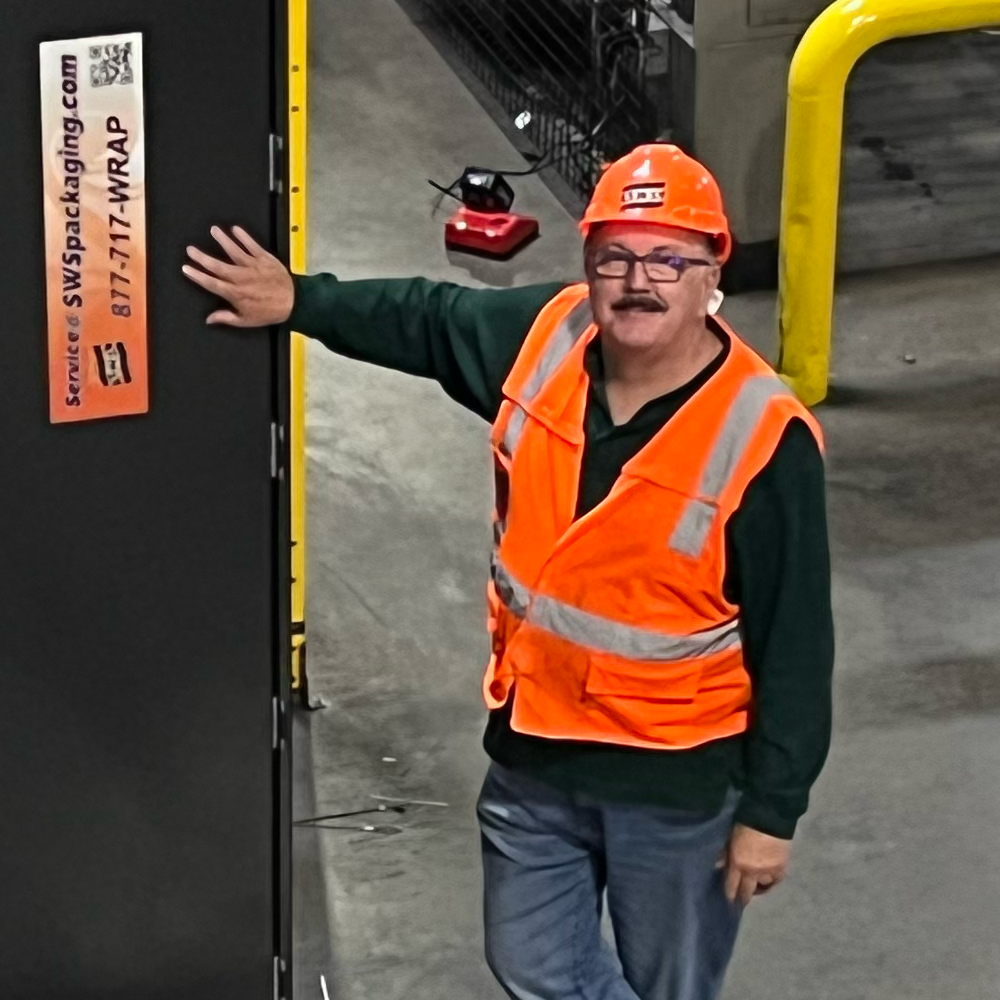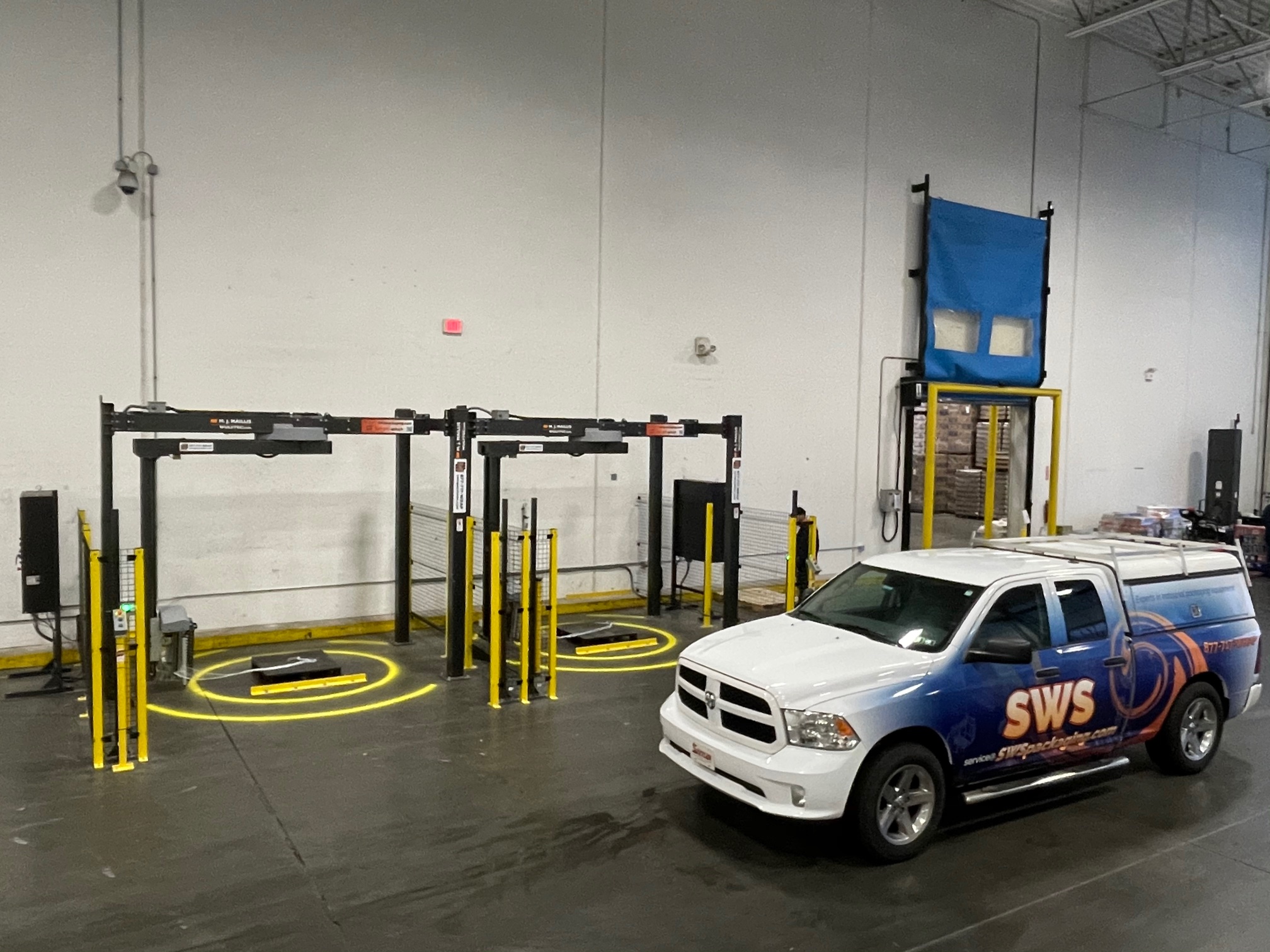The packaging industry has evolved significantly over the years, with the introduction of new technologies and systems designed to streamline the process of filling and sealing bags. One such technology that has revolutionized the industry is bagging systems. Bagging systems are used in a wide range of industries, including food and beverage, pharmaceuticals, and consumer goods, to fill and seal bags of various sizes and shapes. This article will discuss the different types of bagging systems available, how they are typically configured, the types of bags they can fill, and the benefits that businesses can achieve by switching from manual to automated filling.
Types of Bagging Systems
There are several types of bagging systems available on the market, each with its unique features and capabilities. Some of the most common types of bagging systems include:
- Vertical Form-Fill-Seal (VFFS) Baggers
VFFS baggers are designed to create bags from a roll of film, fill them with product, and seal them. These baggers are highly versatile and can handle a wide variety of bag types, including pillow bags, gusseted bags, and quad seal bags. VFFS baggers are suitable for packing dry goods, powders, and granular products such as nuts, coffee, and pet food.
VFFS baggers are typically configured with a film roll holder, forming tube, filling tube, and sealing jaws. The film roll holder holds the roll of film that is fed into the bagger, and the forming tube shapes the film into the desired bag shape. The filling tube dispenses the product into the bag, and the sealing jaws seal the bag once it is filled.
- Horizontal Form-Fill-Seal (HFFS) Baggers
HFFS baggers are designed to create bags from a flat roll of film, fill them with product, and seal them. These baggers are also highly versatile and can handle a range of bag types, including pillow bags, gusseted bags, and stand-up pouches. HFFS baggers are suitable for packing a variety of products, including snack foods, bakery products, and frozen foods.
HFFS baggers are typically configured with a film roll holder, forming shoulder, filling tube, and sealing jaws. The film roll holder holds the roll of film that is fed into the bagger, and the forming shoulder shapes the film into the desired bag shape. The filling tube dispenses the product into the bag, and the sealing jaws seal the bag once it is filled.
- Pre-Made Pouch Fillers
Pre-made pouch fillers are designed to fill pre-made pouches with product and seal them. These baggers are highly versatile and can handle various types of pouches, including flat pouches, stand-up pouches, and spouted pouches. Pre-made pouch fillers are suitable for packing liquid products such as sauces, juices, and soups.
Pre-made pouch fillers are typically configured with a pouch feeder, filling tube, and sealing jaws. The pouch feeder holds the pre-made pouches, which are then fed into the bagger. The filling tube dispenses the product into the pouch, and the sealing jaws seal the pouch once it is filled.
- Open Mouth Baggers
Open mouth baggers are designed to fill bags that have an open top. These baggers can handle different types of bags, including paper bags, woven polypropylene bags, and plastic bags. Open mouth baggers are suitable for packing a variety of products, including seeds, fertilizer, and animal feed.
Open mouth baggers are typically configured with a bag placer, filling spout, and bag closer. The bag placer positions the bag under the filling spout, and the filling spout dispenses the product into the bag. The bag closer seals the bag once it is filled.
- Valve Baggers
Valve baggers are designed to fill bags that have a small opening with a valve. These bags are commonly used for packing powders, such as cement, flour, and sugar. Valve baggers are highly efficient and can fill and seal bags at a high rate.
Valve baggers are typically configured with a valve bag placer, filling spout, and bag closer. The valve bag placer positions the bag under the filling spout, and the filling spout dispenses the product into the bag through the valve. The bag closer seals the bag once it is filled.
Benefits of Switching to Automated Bagging Systems
Businesses that switch from manual bagging to automated bagging systems can achieve several benefits, including:
- Increased Productivity and Efficiency
Automated bagging systems can fill and seal bags at a much faster rate than manual bagging. This increased speed can significantly improve productivity and efficiency, allowing businesses to increase their output without adding additional labor costs.
- Improved Accuracy and Consistency
Automated bagging systems are highly precise and consistent in their filling and sealing operations. This consistency can help businesses reduce waste and improve the quality of their products.
- Cost Savings
Switching to automated bagging systems can result in significant cost savings over time. Automated systems require less labor and can reduce material waste, resulting in lower overall production costs.
- Improved Safety
Automated bagging systems can help improve workplace safety by reducing the need for manual labor in potentially hazardous environments.
Conclusion
Bagging systems are a vital part of the packaging industry, providing businesses with a reliable and efficient way to fill and seal bags. With several types of bagging systems available on the market, businesses can choose the one that best suits their needs and requirements. Switching from manual bagging to automated bagging systems can help businesses improve productivity, efficiency, accuracy, and consistency while reducing costs and improving workplace safety. Overall, automated bagging systems offer a versatile and cost-effective solution for businesses looking to streamline their packaging operations.










